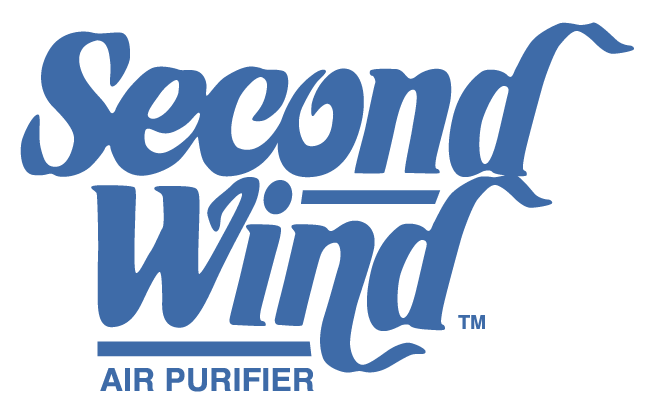Chatsworth, CA – WEBWIRE – Monday, March 4, 2019
Last month was recognized as National Cancer Prevention Month and later this month, on the 20th, Kick Butts Day takes place to raise awareness of tobacco problems in communities. Recognizing and addressing exposure to secondhand smoke is a significant part of both of these public awareness efforts.
For those who do not smoke, many do not have a choice when being exposed to secondhand smoke and the more than 7,000 chemicals found in tobacco smoke, including about 70 known to cause cancer according to the Centers for Disease Control and Prevention (CDC). The agency reports that secondhand smoke, sometimes referred to as environmental tobacco smoke (ETS), is a known cause of sudden infant death syndrome (SIDS); respiratory infections; ear infections; and asthma attacks in infants and children; as well as heart disease, stroke and lung cancer in adult nonsmokers.
“ETS can not only negatively impact occupant health and comfort, but also can negatively impact contents and structural materials in homes, workplaces and vehicles.” said Derrick A. Denis, Vice President of Indoor Environmental Quality (IEQ) for Clark Seif Clark (CSC). “We are often tasked to assess buildings for a combined odor complaint and health concern arising from ongoing tobacco smoke migrating from a neighboring residential space or office suite. Sometimes landlords, prospective tenants, Realtors®, or prospective buyers are concerned with environmental tobacco smoke residues left behind by the previous tenant or seller, which can leave intolerable odors, unsightly discoloration and long list of measurable chemical residues.”
The CDC’s news bulletin contained the following facts and figures regarding secondhand smoke:
- An estimated 58 million American nonsmokers (1 in 4) were still exposed to secondhand smoke from burning tobacco products, such as cigarettes, during 2013 - 2014.
- Exposure to secondhand smoke remains high for certain groups, including children ages 3-11 years (38%), people living in poverty (48%) and people living in rental housing (39%).
- More than 3 in 10 nonsmokers with less than a high school education are exposed to secondhand smoke.
- More than 7 in 10 nonsmokers living with someone who smokes inside the home are exposed to secondhand smoke.
- According to a 2014 U.S. Surgeon General’s Report, each year exposure to secondhand smoke causes more than 41,000 deaths from lung cancer and heart disease among non-smoking adults, and 400 deaths from sudden infant death syndrome.
Even with the proliferation of smoke-free policies, exposure to secondhand smoke is still a significant issue. The indoor environmental quality professionals at Clark Seif Clark offer testing services for environmental tobacco smoke, smoke and nicotine residues, marijuana smoke contamination, particulate matter, and a wide range of other airborne and surface pollutants. If test results come back positive, there are steps, such has changes in education, ventilation and filtration, which can be taken in many circumstances to eliminate or mitigate future exposure concerns.
CSC also recently sponsored an educational (4 minute) video about secondhand smoke exposure risks can be seen at: https://youtu.be/qWBcYpXpt4s
To learn more about this or other indoor air quality, building science, industrial hygiene, environmental, health and safety services, please visit www.csceng.com, email csc@csceng.com or call (800) 807-1118.
About Clark Seif Clark
CSC was established in 1989 to help clients in both public and private sectors address indoor air quality, occupational, environmental, and health and safety (EH&S) issues. CSC is a leading provider of these services with multiple offices along the western seaboard and southwest. The company believes in science-based protocols and has a strong background in engineering, making them the preferred environmental consultants to industrial clients, healthcare facilities, architects, schools, builders, contractors, developers and real estate professionals.








